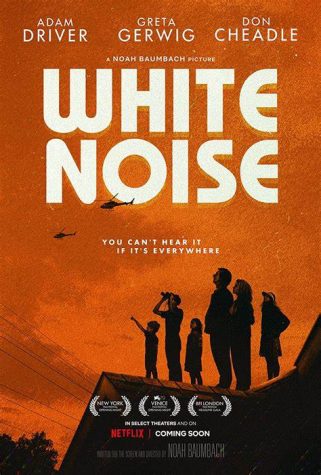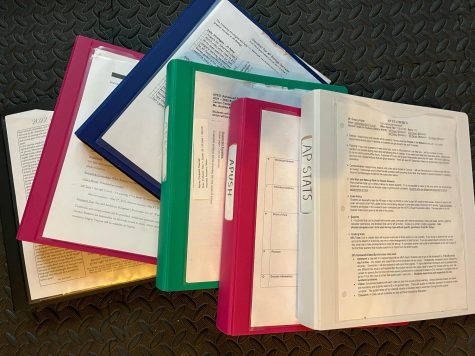Christmas Overconsumption
February 7, 2023
The Christmas holiday is one of the most celebrated holidays in the world, with almost half of the world’s population celebrating for religious, cultural, and commercial reasons. Celebrated since 336 AD in Rome and classified as a federal holiday in 1870, Christmas traditions have grown and changed over time. The holiday has been heavily shifted from spending quality time with family and celebrating different religious beliefs to extensive gift-giving and a worldwide capitalist phenomenon.
Stemming from both Pagan and Roman cultures, Christmas was a celebration of their god of agriculture, Saturn, then a celebration of their sun god, Mithra. Christians later adapted these celebrations to celebrate the birth of Jesus Christ. Christmas eventually became a festival among the people, with some of the same traditions we have today, such as tree decorating, Santa Claus, stockings by the fire, etc. Nowadays, Christmas has become a lot more than just a couple of gifts under the Christmas tree and making cookies for Santa.
With the adaptation of Black Friday and Cyber Monday sales, the holidays have become more and more commercialized, with people buying gifts, party decorations, etc. A statistic done in the early days of December of 2022, The National Retail Federation estimated that Americans would spend between $942-960 billion dollars during the holidays. Another statistic estimated that an average American spends at least $1,000 on Christmas yearly, 65% going towards gifts. Even worse, about 42% of people go into debt just to pay for the holidays. All this unnecessary spending puts Christmas as the #1 holiday in total retail spending.
But money isn’t the only problem. Most wrapping paper and last-minute decorations are not recyclable. About 8,000 tons of wrapping paper is thrown out, equivalent to about 50,000 trees. The gifts people go broke over end up in landfills or end up being returned (which still ends up in the landfill anyways, 5.8 billion pounds of it!). The plastic Christmas trees so easily accessible are sold in billions each year and contain a toxic carcinogen that will take thousands of years to break down. Americans throw away 25% more trash and 30% more household waste during the holidays. This excess waste amounts to 25 million tons of garbage entering landfills.
While Christmas is a time for joy, people fail to see that their overconsumption can’t be pushed much further without extensively damaging our ecosystem and economy. But this doesn’t mean throwing Christmas or winter holidays out the window altogether. It simply means switching to a more eco-friendly and budget-friendly celebration. Gift-giving doesn’t have to mean breaking the bank or getting abundant top-of-the-line gifts. It can mean getting a live potted Christmas tree or investing in a nice one to reuse year after year. It means reusing bags instead of wrapping paper or switching to eco-friendly wrapping paper. It means bringing back a Christmas list with 4-5 achievable gifts. Christmas doesn’t have to be the biggest capitalism scam ever. Christmas can be what it used to be with family and friends or celebrating Hanukkah, the birth of Jesus, Yule, or Kwanzaa.












